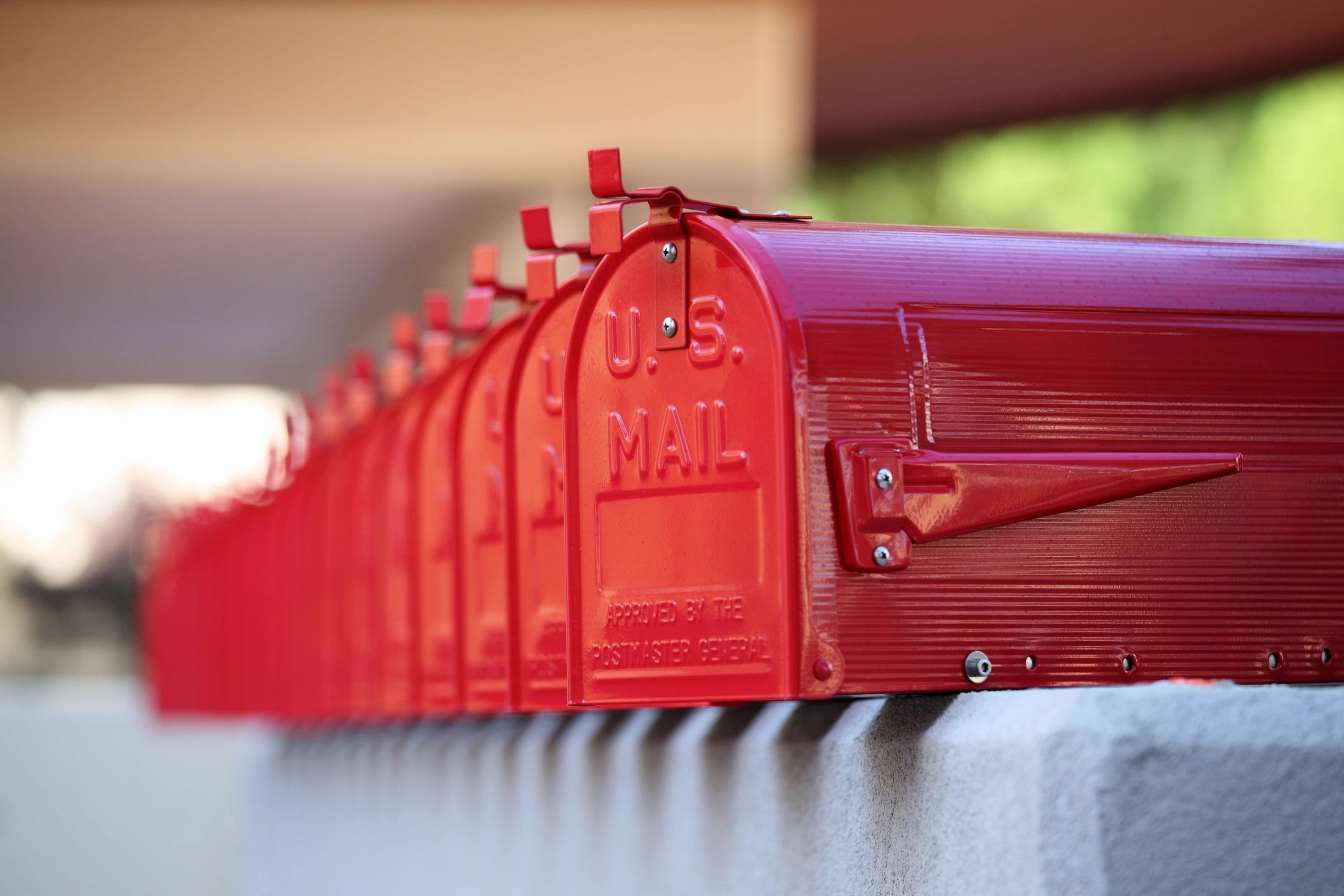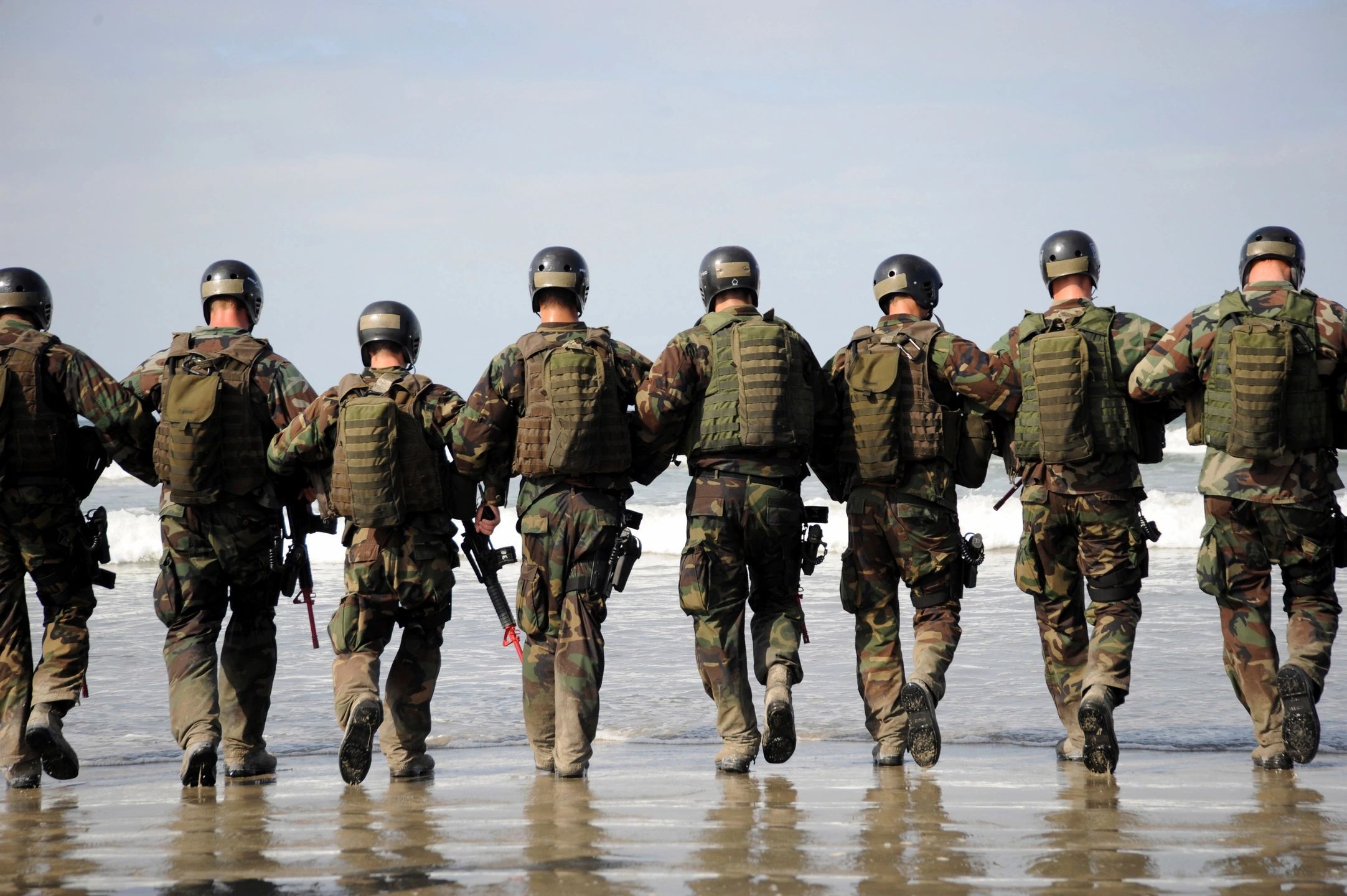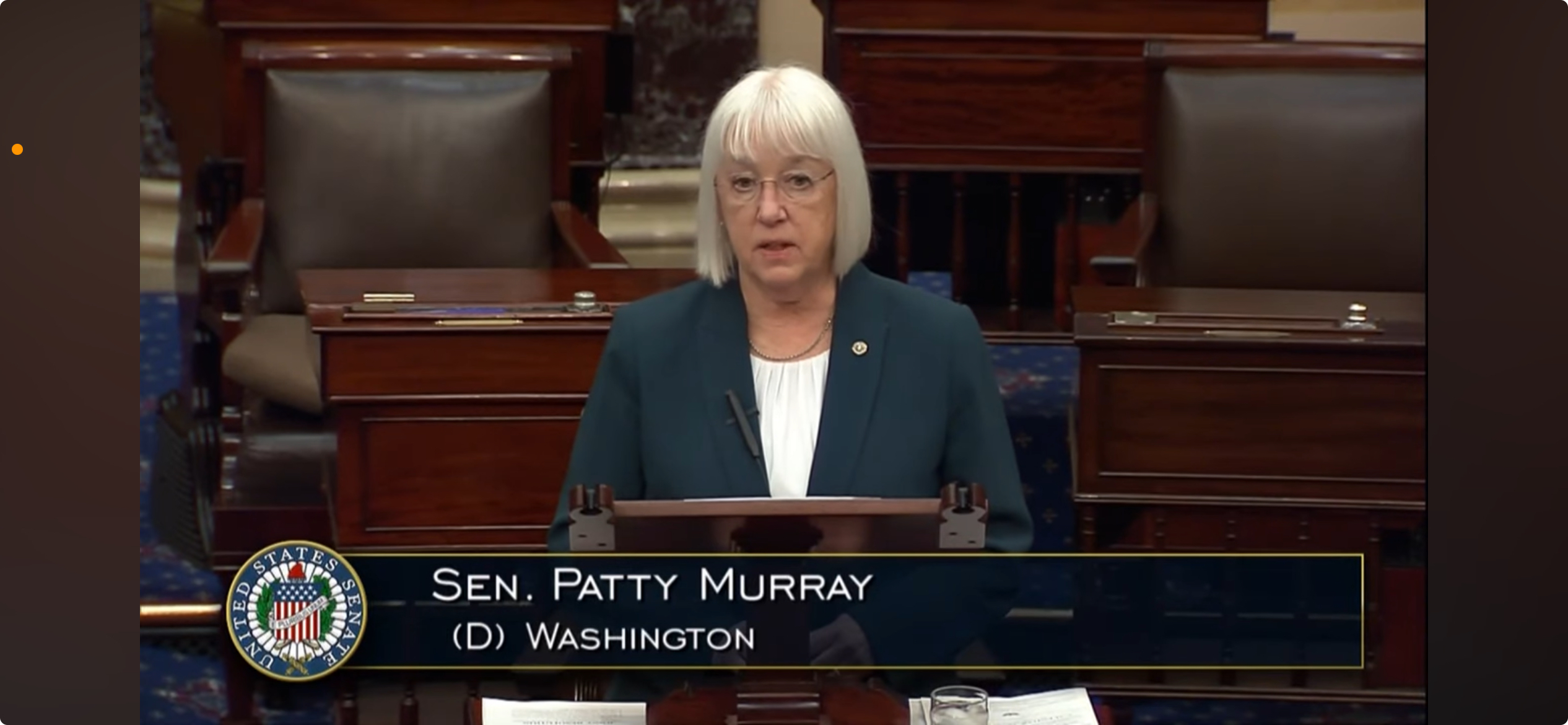
As the country continues to navigate the COVID-19 pandemic and what it means for the November 2020 election, a new report by the Movement Advancement Project (MAP) explores vote by mail policies across the states and outlines how states can implement vote by mail securely—and in ways that work for all voters.
This report comes on the heels of chaotic and mismanaged primary voting in Georgia and elsewhere that left voters waiting in line for hours in sweltering heat. The report also comes at a time when public health concerns regarding the spread of COVID-19 have left many Americans wondering how elections will be conducted to ensure the fundamental right to vote without jeopardizing the health and safety of voters.
Making Vote By Mail Work for Everyone provides an overview of how vote by mail works, how it can be implemented securely, and why the option is an important advancement to safeguard the accessibility and integrity of U.S. elections. States can create a robust election system that gives all voters the option to vote by mail, in tandem with protecting the ability of individuals who use or require in-person options to vote—such as Native Americans, voters who do not have a permanent home address, and voters with disabilities.
The report highlights policies from states that have worked to ensure vote by mail works alongside a complementary set of in-person voting options that ensure every eligible American can vote. Vote by mail with in-person voting options will allow eligible citizens to safely and securely decide when and how they vote, while ballot drop-off options and electronic tracking and verification will give them the confidence that their vote will be counted.
“Voters across the country shouldn’t have to choose between risking their own health—or the health of others–and participating in our democracy,” said Ineke Mushovic, executive director of MAP. “Heading into the November election, states should implement vote by mail and early voting options as a matter of necessity to protect the well-being and safety of voters. Given the continuing and serious problems with malfunctioning voting machines, hours-long line ups at the polls, a universal vote by mail option is integral to protecting not only our elections but also American democracy as a whole.”
Key findings from the report include:
- Nearly one quarter (23%) of U.S. voters vote by mail or secure drop-off ballot drop-off, including 65% of voters in the West where five states (CO, HI, OR, WA, UT) use vote by mail for all elections. In these states every registered voter receives a ballot by mail and either mails it back or drops the ballot at a secure location.
- Vote by mail allows voters the flexibility to vote without being constrained to a single day of in-person voting. This benefits people with inflexible work or childcare schedules, older voters and those with disabilities for whom travel may be challenging, and those who may be sick or otherwise unable to go to a polling place on Election Day.
- In the five states that have implemented vote by mail, election officials report that elections have been secure and successful. This is due to a number of processes put in place to ensure the security of vote by mail. These include secure drop-off locations, ballot tracking and signature verification, harsh penalties for vote tampering, procedures for verifying that a voter’s ballot has been counted, and post-election audits.
Vote by mail is not a singular solution and can present challenges for some voters, including Native American voters who live on geographically disperse reservations where mail service is unreliable; voters are experiencing homelessness or who do not have a permanent address or use a P.O. box as their mailing address; voters with disabilities; and voters who may need language assistance.
The report examines how states have overcome these challenges and outlines comprehensive recommendations to ensure robust voting options that work for all communities. Recommendations include:
- Ensure all eligible voters can receive a vote by mail ballot.
- Provide multiple voting access points in advance of and on election day. Every state that conducts elections by mail also provides in-person voting options leading up to and through Election Day. These centers can also provide voters with disabilities, or who require language assistance with in-person help.
- For Native American voters, in addition to maintaining in-person voting centers, states like Washington and Colorado provide models for how vote by mail can be supplemented by complimentary systems that allow tribal buildings to be used as mailing addresses.
- Allow voters who lack a permanent address or use a P.O. box or to list the county clerk’s office as their mailing address at which they would receive their ballot.
- Create systems to allow voters to track their vote by mail ballots and ensure all ballots are counted.
- Eliminate requirements that a witness or notary sign a voter’s ballot before it is valid, so that people who live or are quarantining alone are not endangered or disenfranchised.
- Eliminate requirements that, in addition to signature verification processes, voters also send a copy of their photo ID with their ballot (given the difficulty accessing a photo copier for many people).
Particularly during a pandemic, giving eligible voters the option to vote by mail will ease crowds and waiting time at voting centers. This helps ensure that people with disabilities—as well as older voters and voters who are immunocompromised or have chronic health conductions—can still vote while avoiding crowds that could put their health, and potentially the health of others, at risk.
Click here to read the report.








Out of my notice, shopping for consumer electronics online may be easily expensive, but there are some principles that you can use to help you get the best deals. There are always ways to locate discount promotions that could make one to come across the best electronics products at the lowest prices. Interesting blog post.